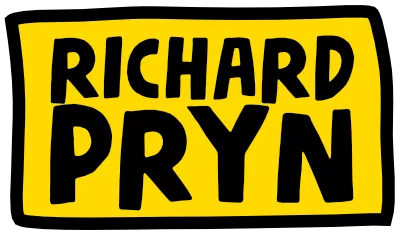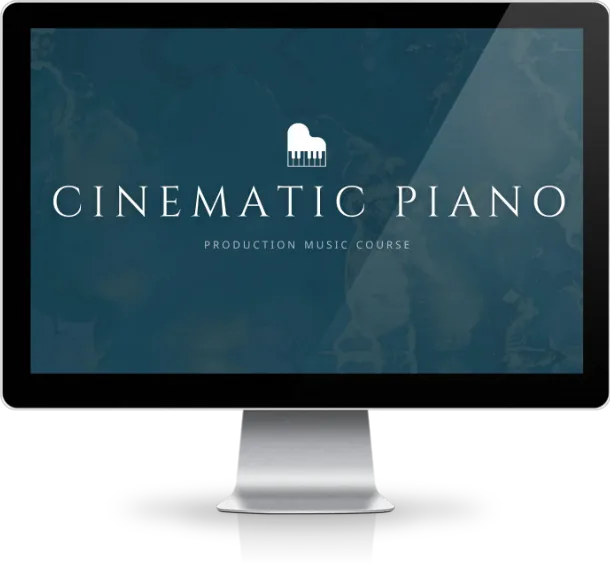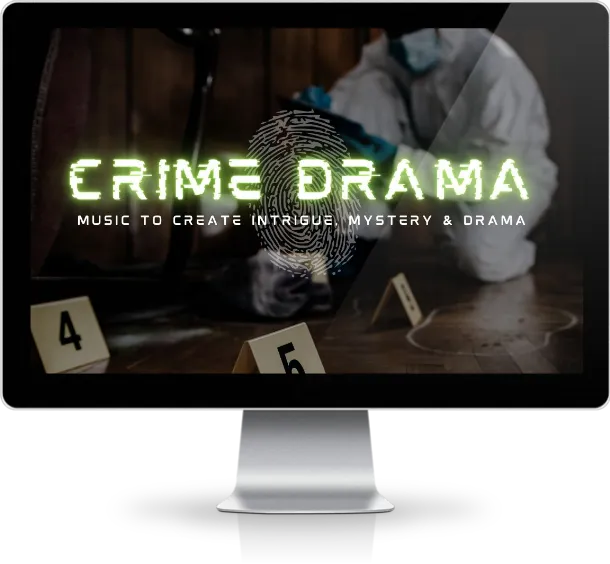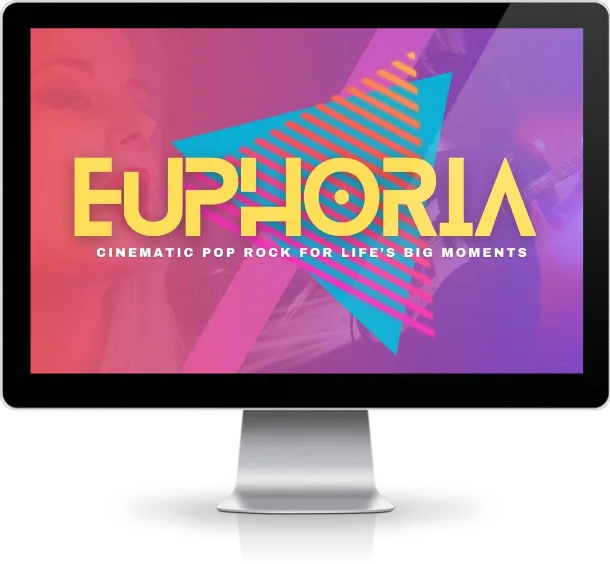TECH: Minimal Cinematic Music Course
Master the five rhythmic and pattern-based systems of Reich, Glass, and Riley to write intricate, high-end scores for modern media.
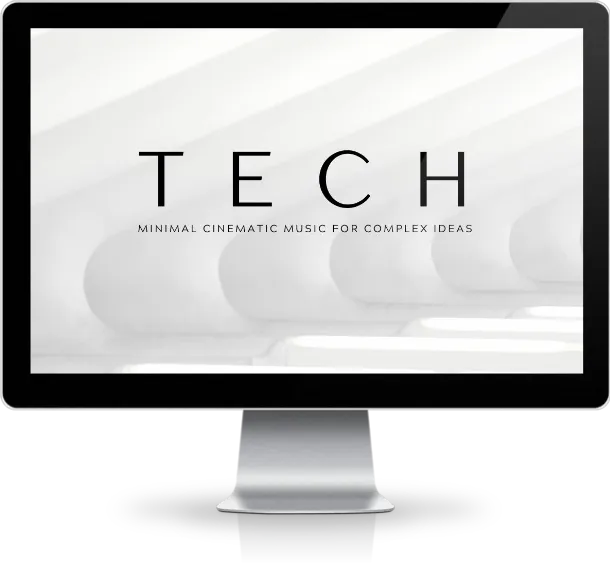
What's in the Course 🎹
This course gives you five powerful, step-by-step methods to create intricate and professional minimalist music designed specifically for visual media.
✅ Five Core Tools: Master five incredible rhythmic and pattern-based composition systems inspired by the minimalist masters.
✅ Step-by-Step DAW Walkthroughs: Learn practical application of each technique in your Digital Audio Workstation.
✅ Atmosphere Generation: Discover the secret to creating instantly immersive, cinematic sound beds using reverb and layering.
✅ Composer Deep Dive: Gain practical insight from the works of Steve Reich, Philip Glass, and Terry Riley.
✅ Focus on Usability: Create tracks perfect for documentary film scores, technology advertising, and trailers.
What You'll Learn 🧠
You will gain a systematic approach to composition that solves the problem of creating complex, evolving musical textures with simple methods.
🧱 Build Complex Rhythms Simply: Learn to use simple note patterns to generate frenetic, interwoven rhythms that sound complex but are easy to produce.
🎛 Control Narrative Pace: Discover how the interaction of different numerical patterns (e.g., a "pattern of three" vs. a "pattern of four") controls the perceived speed and structure of your cue.
🌫 Create Immersive Atmospheres: Master the use of pulsing, looping, and phasing combined with clever use of reverb to build subtle, emotionally resonant "cinematic beds."
🎬 Adapt Ideas for Film: Understand how to transform long-form minimalist concepts into short, effective, and lyrical tracks that enhance a visual narrative.
🔉 Develop Your Sound: Use these techniques as a starting point to inspire entire compositions, letting the intricate atmosphere you create lead your musical decisions.
Who This Course Is For 💁🏻♂️
This course is designed for composers and producers looking for highly effective and usable techniques to secure sync opportunities in specific media fields.
🎹 Media Composers: If you are scoring documentaries or writing music for technology adverts and corporate films.
🎚 Producers and Artists: Anyone seeking systematic, repeatable methods to generate atmosphere and structure in their music.
👩🏻🎓 Students of Minimalism: Musicians eager to take the core theories of Reich, Glass, and Riley and apply them practically in a modern DAW environment.
Requirements ⤵️
To get the most out of this course, you should have the following:
🖥 A Digital Audio Workstation (DAW): Basic proficiency in your chosen software is needed.
✍🏼 Basic Audio Editing Skills: Familiarity with looping, bouncing audio, and time or pitch manipulation is helpful.
🔉 Access to Basic Sounds: Instruments such as a piano, marimba or other tuned percussion, and string/pad patches are recommended for the practical exercises.
Curriculum 📚
Course Welcome and Brief
You will understand the core philosophy of cinematic minimalism: adapting long-form minimalist techniques into short, lyrical tracks suitable for film trailers and adverts.
Course References
You will be shown references so that you can see the potential usage for music like this in trailers, high end adverts, and documentaries.
Rhythmic Separation
You will learn the Rhythmic Separation technique to build complex rhythms by gradually introducing notes to a core pattern, creating a dense, evolving rhythmic layer.
Pulsing
You will master the Pulsing technique to create beautiful, ambient cinematic beds using layered, rhythmically repeating extended chords and clever spatial automation.
Phasing
You will discover how to digitally recreate Steve Reich's Phasing effect by slightly altering the tempo of looped audio files, generating spontaneous, complex rhythms for maximum intricacy.
Glass Patterns
You will learn how to structure music using Philip Glass's numbered patterns, controlling the track's pace and tension by layering arpeggios with different note groupings.
Riley Blocks
You will understand how to use the 'Blocks' method to generate musical texture, orchestrating simple, looping melodic phrases across different timbres to create an evolving soundscape.
Final Roundup
This module provides a crucial guide on combining all five tools, demonstrating how to use your minimalist atmospheric beds as the inspiring foundation for a complete cinematic cue.
🤝 30 Day Money-Back Guarantee
If you're unhappy with the course, or you simply change your mind within 30 days of registration, you may request a full refund, provided you haven't accessed more than 30% of the course (not counting any publicly available portions, or anything included in the Welcome module).
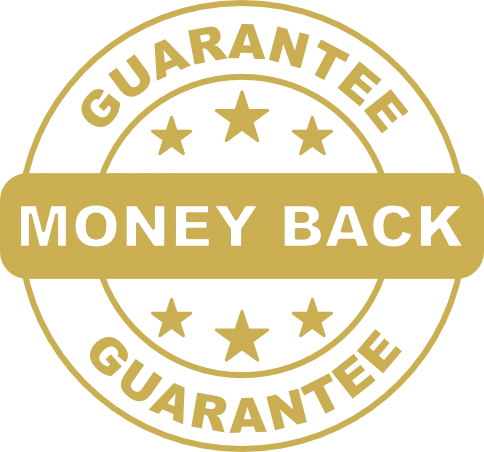
FAQs 🙋🏻♂️
What is the core idea of "cinematic minimalism"?
It is the adaptation of long-form minimalist composition techniques into short, emotionally resonant tracks that effectively serve a visual narrative, typically lasting around three minutes rather than an hour.
Will I be copying the original composers' music?
No, you will be learning the systems and tools used by the composers. The focus is on using these systems as a starting point to inspire your own unique atmospheres and compositions.
What kind of music briefs will this course prepare me for?
This course is perfectly suited for writing atmospheric music for documentaries, intricate rhythms for technology adverts, and building powerful tension for film trailers.
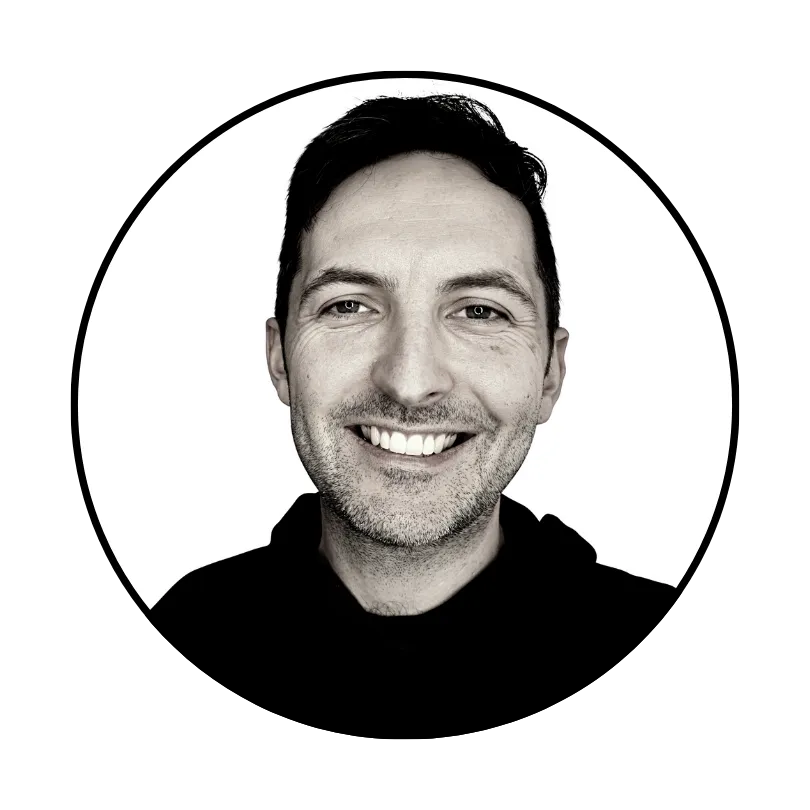
Meet the founder
Hi, I'm Rich 👋🏼
I started writing music for ads in 2007, movie trailers in 2011 and I went full time in 2014. Then in 2017 I started teaching other people how what I had learnt.
Learning to write music for sync can be frustrating and can sometimes get you down. You have to write great ideas, often recorded yourself, and produce them to the highest possible standard. All from the comfort of your own studio. Or in my case, front room.
That's why I started creating courses. To help make writing music for trailers, ads, TV (and for fun) as simple and as straightforward as reading a book.
Fast forward to today:
- I've landed hundreds of placements
- I've been able to write music full time
- I've taught thousands of composers how to write trailer music
Buy the course ✅
404 Page Not Found
We're sorry! The item you're looking for is not available at the moment
